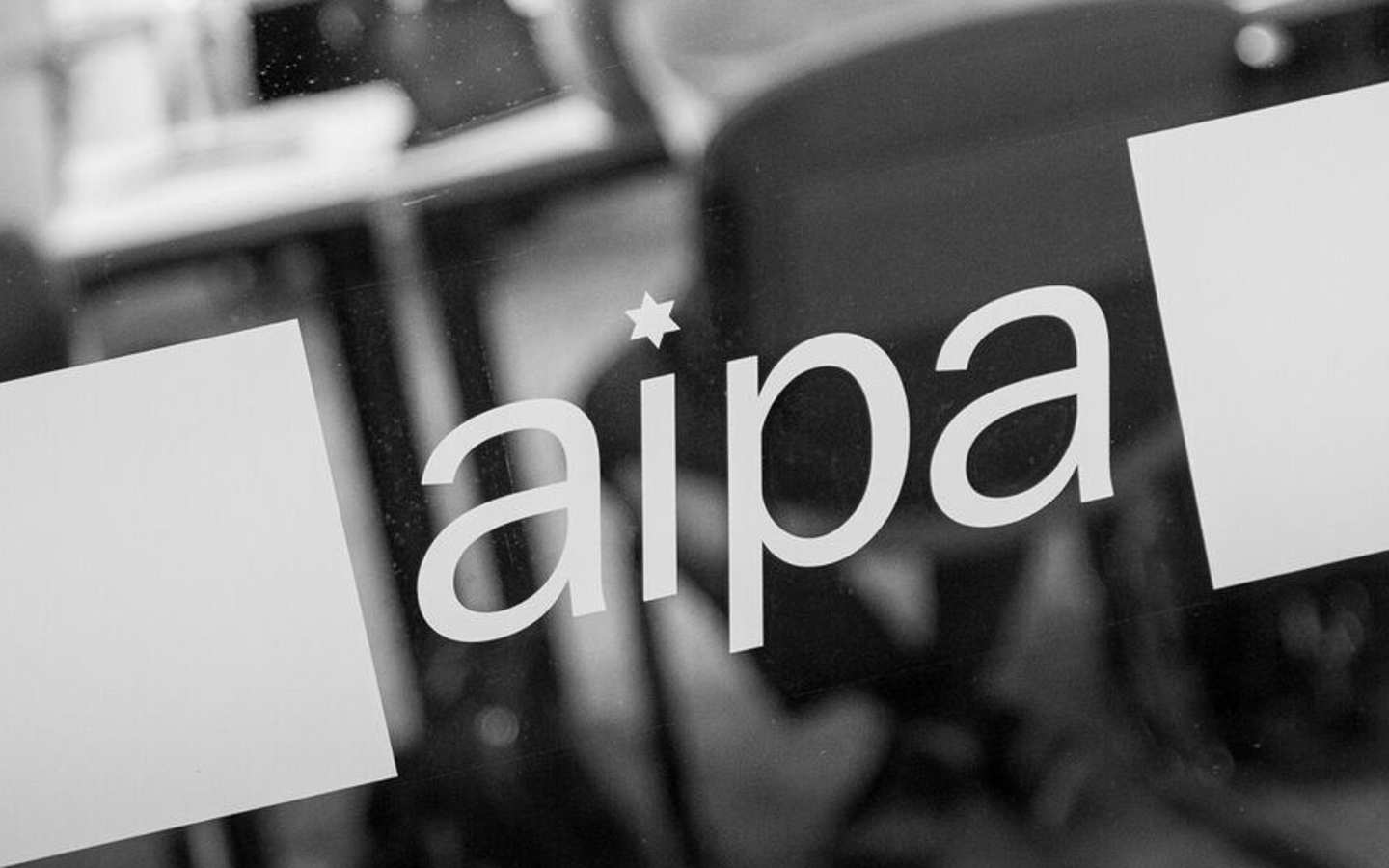Time to review Australia’s aviation safety regime
29/03/2019 | Author: Mark Sedgwick

Whenever an airliner accident happens, pilots are constantly asked what they think about the cause and the circumstances. So it’s no surprise that Boeing’s current problems are prompting a lot of discussion.
Fortunately aviation incidents and accidents are rare. In fact, globally they are at historic lows.
According to the Flight Safety Foundation, in 2018 there was one fatal accident for every 2.52 million flights. That’s 15 fatal airliner accidents resulting in 556 fatalities worldwide.
By comparison, our national road toll statistics show that last year it is estimated that 1143 people died on Australian roads. More than twice as many people died on our roads as were killed in major air accidents worldwide in 2018 and none of those were killed in Australian skies.
The current level of global aviation safety has not come about by chance. As pilots, we continually strive to be alert for potential errors, to minimise mistakes and eliminate accidents.
The recent accidents involving two new Boeing 737 Max aircraft have focused public attention and concern on how this can happen today, after decades of consistently falling accident rates.
Improvements in safety systems, technology, engine reliability and training for everyone involved in aviation has led to ever increasing improvements in safety margins.
So what needs to be done to further reduce these statistics? Painstaking investigations into these accidents will piece together every detail of the sequence of events that led up to the accident.
Investigators will work to establish where the normal checks and balances designed to prevent such accidents broke down.
But there are important questions which also need to be asked about regulation and oversight, following the 737 Max accidents, in the US and elsewhere.
Following the tragic loss of the Ethiopian Airlines aircraft last month, regulators around the world grounded the 737 Max.
Notably, the US Federal Aviation Administration (FAA) was one of the last to move. Australia’s Civil Aviation Safety Authority (CASA) was among the first.
The FAA, which oversees the regulation of aviation in the US, also has another role, to encourage and develop civil aeronautics, including new aviation technology. There is an inherent conflict between safety regulation and encouraging economic development, which may well have influenced the FAA’s oversight and certification of the 737 Max.
In the US there is now growing concern that the FAA has grown is too close to Boeing and too trusting of the aircraft maker’s internal processes.
It is a matter of concern that the FAA, at a time when the regulator has lost staff and had its resources reduced, may have relied to heavily on Boeing employees to approve the design of the B737 Max.
It should be stressed that these investigations are not yet complete. As pilots, we would reserve judgment on such things until we are more fully informed.
There is no doubt however that aviation regulatory bodies should not become too close to the commercial interests they are supposed to monitor, whether they are airlines, manufacturers or other players in the aviation industry.
In Australia this means our regulator should also be operating at arms-length from commercial entities.
Recently, an amendment was proposed to the Australian Civil Aviation Act to: “consider the economic and cost impact on individuals, businesses and community of the standards.”
However, more oversight of the industry rather than less will be needed should the regulator’s focus on safety be given an overt commercial axis to consider.
The second part of the amendment says: “[CASA must] take into account the differing risks associated with different industry sectors”.
So what will this mean for how CASA assesses the economic impact of safety regulations and policy on larger airlines?
If major airlines are thought to be less risky then do they require less oversight in balancing commercial imperatives versus safety outcomes? Or should CASA have more resources to support this new approach to aviation safety.
One glaring omission from the current Australian safety framework is the absence of operational pilots on the Aviation Safety Advisory Panel that provides CASA with informed, objective advice on current, emerging and potential issues that have, or may have, significant implications for aviation safety.
In recent times, the only pilots sitting on the panel have been representatives of airline and aviation industry management, not operational pilots who are an integral part of aviation safety.
In the light of what we are seeing overseas, it’s time to review this position and appoint independent pilot representatives to the panel that directly advises CASA.
Working pilots are best placed to understand the impacts of policy and regulation on operations and on safety outcomes.
By choosing independent representatives we can ensure that the balance on aviation oversight and policy is maintained.
